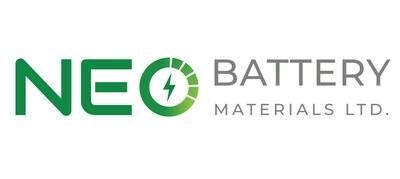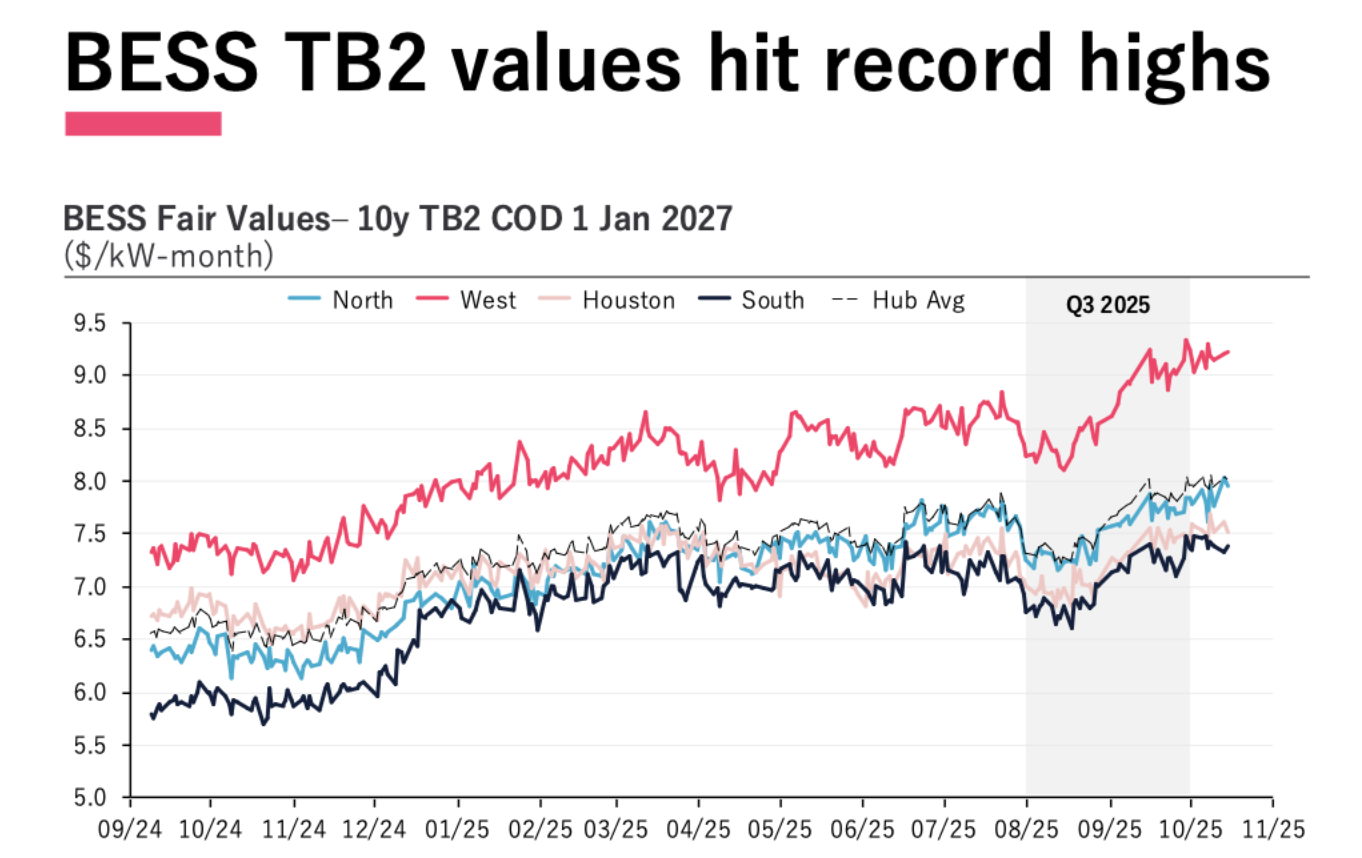China’s new fuel cell tech breaks cost barrier with less platinum, more power – Interesting Engineering

Report on a Novel Low-Platinum Fuel Cell Catalyst and its Contribution to Sustainable Development Goals
Executive Summary
A research team in China has developed an innovative catalyst layer for Proton Exchange Membrane Fuel Cells (PEMFCs), significantly enhancing performance while drastically reducing the required amount of platinum. This breakthrough directly addresses critical barriers to the widespread adoption of clean energy technologies, aligning with several United Nations Sustainable Development Goals (SDGs), particularly SDG 7 (Affordable and Clean Energy), SDG 9 (Industry, Innovation, and Infrastructure), SDG 12 (Responsible Consumption and Production), and SDG 13 (Climate Action).
Technological Advancement and Performance Metrics
Catalyst Layer Innovation
The core of the innovation is a re-engineered catalyst layer utilizing triazine-based covalent organic frameworks (COFs). This structure creates a highly organized nano-interface with precisely tuned mesopores. This architecture overcomes the long-standing issue of poor oxygen transport in PEMFCs by efficiently funneling oxygen directly to the catalyst sites. The key outcomes of this design are:
- A 38% reduction in oxygen transport resistance.
- Maximized effectiveness of the platinum catalyst, enabling higher power output from less material.
Key Performance Data
The newly developed PEMFC demonstrates performance levels that advance the economic viability of fuel cell technology. The reported metrics include:
- Peak Power Density: 1.55 W/cm², a high-performance benchmark.
- Platinum Loading: A minimal 0.05 mg_Pt/cm², significantly lower than conventional designs.
- Comparative Power Output: 1.3 times more power generated compared to standard PEMFCs with similar low platinum content.
Direct Contributions to Sustainable Development Goals (SDGs)
SDG 7: Affordable and Clean Energy
This development makes a direct contribution to ensuring access to affordable, reliable, and sustainable energy. By reducing the dependency on platinum, the most expensive component in a fuel cell, the technology lowers the overall cost, making clean hydrogen energy a more accessible and economically competitive option.
SDG 12: Responsible Consumption and Production
The innovation promotes sustainable production patterns by fundamentally reducing the material intensity of fuel cells. Slashing the required amount of platinum—a rare, precious, and geopolitically sensitive metal—aligns with the goal of achieving the sustainable management and efficient use of natural resources.
SDG 13: Climate Action
By making fuel cells more efficient and cost-effective, this research accelerates the transition to a hydrogen-based economy, a critical strategy for global climate action. The technology supports the decarbonization of the transport sector and helps nations, including China, progress toward ambitious climate targets such as net-zero emissions by 2060.
SDG 9: Industry, Innovation, and Infrastructure
The research represents a significant industrial innovation that provides a versatile design framework for next-generation clean energy platforms. It fosters the development of sustainable and resilient infrastructure by enabling more robust and cost-effective energy systems for transportation and off-grid applications.
Broader Implications and Future Outlook
Economic and System-Level Benefits
The breakthrough offers a pathway to commercial viability without resorting to expensive solutions like oversizing systems or stacking multiple membrane electrode assemblies. Furthermore, improved oxygen management lessens the strain on auxiliary components such as compressors and humidifiers, reducing system complexity, cost, and energy consumption, which is particularly advantageous for applications in remote or challenging climates.
Expanded Applications
The principles behind the COF-enhanced interface are not limited to fuel cells. This approach to managing gas transport bottlenecks has significant potential to improve the efficiency of other critical electrochemical systems, including:
- Water electrolyzers for green hydrogen production.
- Electrochemical ammonia synthesis cells.
- CO₂ reduction reactors for carbon capture and utilization.
Conclusion
This research, published in Angewandte Chemie International Edition, marks a tangible advancement in fuel cell technology. By addressing the interconnected challenges of cost, efficiency, and material dependency, the innovation provides a scalable solution that strongly supports the global agenda for affordable clean energy, climate action, and sustainable industrial development as outlined in the SDGs.
1. Which SDGs are addressed or connected to the issues highlighted in the article?
SDG 7: Affordable and Clean Energy
- The article focuses on a breakthrough in proton exchange membrane fuel cells (PEMFCs), a key technology for hydrogen power. This directly supports the goal of increasing access to clean energy. The text mentions the innovation’s potential for “next-gen clean energy platforms” and its role in making “hydrogen fuel cells” more competitive.
SDG 9: Industry, Innovation and Infrastructure
- The core of the article is a scientific innovation (“clever new catalyst layer”) resulting from research by “a team of scientists from institutions across China.” This breakthrough enhances technological capabilities and promotes sustainable industrialization by creating more efficient and cost-effective energy systems. The article notes the approach “could reshape how catalyst layers are built.”
SDG 12: Responsible Consumption and Production
- A central theme is the reduction in the use of rare and expensive materials. The article emphasizes “slashing platinum dependency” and achieving high performance with a “strikingly low loading of precious metal.” This aligns with the goal of achieving sustainable management and efficient use of natural resources.
SDG 13: Climate Action
- The technology is presented as a direct response to climate change goals. The article states the “breakthrough arrives at a critical moment for China’s hydrogen strategy” and its national policy of “targeting net-zero emissions by 2060.” This demonstrates the integration of climate change measures into national strategy through technological advancement.
2. What specific targets under those SDGs can be identified based on the article’s content?
Targets for SDG 7: Affordable and Clean Energy
- Target 7.2: By 2030, increase substantially the share of renewable energy in the global energy mix. The article supports this by detailing an advancement in hydrogen fuel cell technology, which is a form of clean energy intended for applications like “hydrogen-powered transportation,” thus contributing to the energy mix.
- Target 7.a: By 2030, enhance international cooperation to facilitate access to clean energy research and technology… and promote investment in energy infrastructure and clean energy technology. The article is a clear example of progress in “clean energy research and technology,” specifically aimed at overcoming cost and performance barriers to make the technology viable for “commercial rollouts.”
Targets for SDG 9: Industry, Innovation and Infrastructure
- Target 9.4: By 2030, upgrade infrastructure and retrofit industries to make them sustainable, with increased resource-use efficiency and greater adoption of clean and environmentally sound technologies. The new fuel cell technology represents a “clean and environmentally sound” process that increases resource-use efficiency by delivering “more power from less material.”
- Target 9.5: Enhance scientific research, upgrade the technological capabilities of industrial sectors… and encourage innovation. The article is centered on a scientific research breakthrough published in a major journal, which “introduces a versatile design framework that could reshape how catalyst layers are built,” directly reflecting an upgrade in technological capabilities.
Targets for SDG 12: Responsible Consumption and Production
- Target 12.2: By 2030, achieve the sustainable management and efficient use of natural resources. The article’s main achievement is reducing the dependency on platinum, a rare metal. It highlights the success in “slashing platinum dependency” and using “just 0.05 mg_Pt/cm² of platinum,” which is a direct move towards the efficient use of natural resources.
Targets for SDG 13: Climate Action
- Target 13.2: Integrate climate change measures into national policies, strategies and planning. The article explicitly connects the fuel cell innovation to “China’s hydrogen strategy” and its national commitment to “net-zero emissions by 2060,” showing how technological development is integrated into a national climate action plan.
3. Are there any indicators mentioned or implied in the article that can be used to measure progress towards the identified targets?
Indicators for SDG 7 & 9 (Targets 7.2, 9.4)
- Power Density: The article provides a specific metric of performance, stating the fuel cell “hit a peak power density of 1.55 W/cm².” This is a direct indicator of the technology’s efficiency and viability as a clean energy source.
- Relative Power Increase: Progress is measured by the claim that the new design “delivered 1.3 times more power than common PEMFCs using similar platinum content,” indicating an improvement in clean technology performance.
Indicators for SDG 9 & 12 (Targets 9.4, 12.2)
- Material Use Efficiency (Resource Productivity): The article specifies the amount of platinum used: “just 0.05 mg_Pt/cm².” This quantifies the reduction in rare metal consumption, serving as a clear indicator of resource efficiency and sustainable production.
- Oxygen Resistance Reduction: The text states that researchers “managed to cut oxygen resistance by a remarkable 38 percent.” This is a technical indicator measuring the improvement in the fuel cell’s internal process, which leads to greater overall efficiency.
Indicators for SDG 13 (Target 13.2)
- Adoption of National Climate Strategies: The article implicitly uses the existence of “China’s hydrogen strategy” and its goal of “net-zero emissions by 2060” as an indicator of a country’s commitment to integrating climate action into its national planning. The technology described is a tool to help meet this strategic goal.
4. Create a table with three columns titled ‘SDGs, Targets and Indicators” to present the findings from analyzing the article. In this table, list the Sustainable Development Goals (SDGs), their corresponding targets, and the specific indicators identified in the article.
| SDGs, Targets and Indicators |
|---|
| SDGs | Targets | Indicators |
|---|---|---|
| SDG 7: Affordable and Clean Energy | 7.2: Increase the share of renewable energy. 7.a: Facilitate access to clean energy research and technology. |
Peak power density (1.55 W/cm²). Development of “next-gen clean energy platforms.” |
| SDG 9: Industry, Innovation and Infrastructure | 9.4: Upgrade infrastructure and industries for sustainability and resource-use efficiency. 9.5: Enhance scientific research and upgrade technological capabilities. |
Power increase (1.3 times more power). Oxygen resistance reduction (38%). Publication of research in a scientific journal. |
| SDG 12: Responsible Consumption and Production | 12.2: Achieve sustainable management and efficient use of natural resources. | Reduced platinum loading (0.05 mg_Pt/cm²). “Slashing platinum dependency.” |
| SDG 13: Climate Action | 13.2: Integrate climate change measures into national policies, strategies and planning. | Alignment with national policies (“China’s hydrogen strategy”). Contribution to national goals (“net-zero emissions by 2060”). |
Source: interestingengineering.com

What is Your Reaction?
 Like
0
Like
0
 Dislike
0
Dislike
0
 Love
0
Love
0
 Funny
0
Funny
0
 Angry
0
Angry
0
 Sad
0
Sad
0
 Wow
0
Wow
0













































































